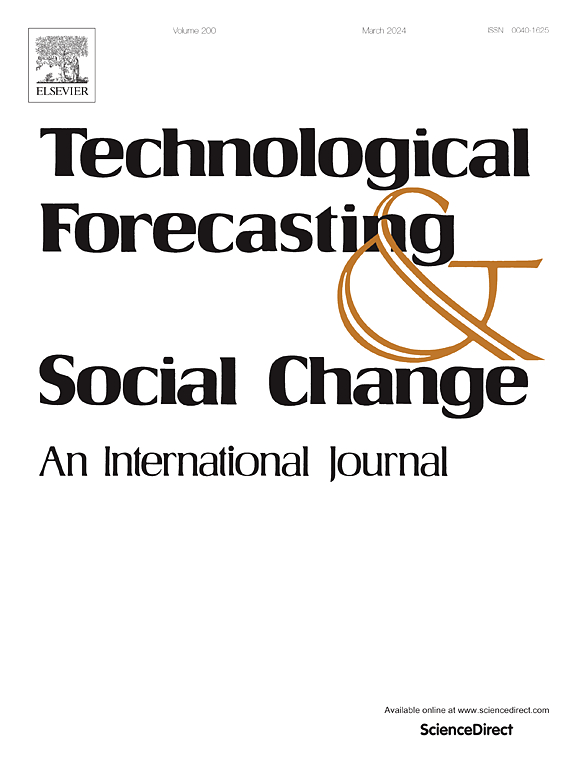Chronocraft: unveiling enablers and overcoming barriers in Fintech-driven logistics and supply chain management in the digital era
IF 12.9
1区 管理学
Q1 BUSINESS
Technological Forecasting and Social Change
Pub Date : 2025-05-02
DOI:10.1016/j.techfore.2025.124168
引用次数: 0
Abstract
This study examines the factors that promote and impede the adoption of financial technology in supply chain management. Previous research about Fintech primarily focuses on Fintech's functions, without delivering a complete examination of enablers and barriers. This study fills this gap and draws from 37 experienced supply chain managers in US and UK who currently use Fintech to uncover three main drivers of fintech adoption: promoting business expansion (through cost reduction, enhanced customer satisfaction, technology upgrades, and innovation), ease of doing business (via streamlined processes and information access), and achieving a competitive edge (through improved efficiency, transparency, and risk management). Conversely, Significant barriers were found in human resources (cultural resistance, skill gaps, and training challenges), financial (high initial investment and training costs), technology (compatibility and integration issues, and awareness challenges), and external factors (stakeholder resistance and regulatory hurdles). By demonstrating how these elements interact, this study offers an advanced view of the Fintech adoption process and useful advice for businesses looking to maximize Fintech integration in their supply chains. The findings deliver novel academic value by providing a comprehensive framework for assessing the dynamics of the Fintech-driven supply chain, assisting in strategic decision-making, and directing further research.
Chronocraft:揭示数字时代金融科技驱动的物流和供应链管理的推动者和克服障碍
本研究探讨了促进和阻碍金融科技在供应链管理中的应用的因素。之前关于金融科技的研究主要集中在金融科技的功能上,而没有提供对促成因素和障碍的完整检查。本研究填补了这一空白,并借鉴了美国和英国37位经验丰富的供应链经理的经验,他们目前正在使用金融科技,揭示了采用金融科技的三个主要驱动因素:促进业务扩张(通过降低成本、提高客户满意度、技术升级和创新),简化业务(通过简化流程和信息访问),以及获得竞争优势(通过提高效率、透明度和风险管理)。相反,在人力资源(文化阻力、技能差距和培训挑战)、财务(高初始投资和培训成本)、技术(兼容性和集成问题,以及意识挑战)和外部因素(利益相关者阻力和监管障碍)中发现了重大障碍。通过展示这些要素如何相互作用,本研究提供了金融科技采用过程的先进观点,并为希望最大限度地将金融科技整合到其供应链中的企业提供了有用的建议。这些发现提供了一个全面的框架来评估金融科技驱动的供应链的动态,协助战略决策,指导进一步的研究,从而提供了新的学术价值。
本文章由计算机程序翻译,如有差异,请以英文原文为准。
求助全文
约1分钟内获得全文
求助全文
来源期刊
CiteScore
21.30
自引率
10.80%
发文量
813
期刊介绍:
Technological Forecasting and Social Change is a prominent platform for individuals engaged in the methodology and application of technological forecasting and future studies as planning tools, exploring the interconnectedness of social, environmental, and technological factors.
In addition to serving as a key forum for these discussions, we offer numerous benefits for authors, including complimentary PDFs, a generous copyright policy, exclusive discounts on Elsevier publications, and more.

 求助内容:
求助内容: 应助结果提醒方式:
应助结果提醒方式:


